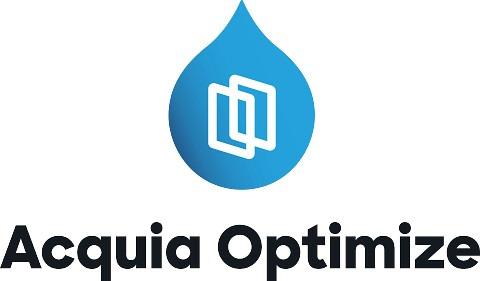Request a Scan or Review

Email accessibility-assessments@utlists.utexas.edu to request an Acquia Optimize scan for your web site, or an accessibility review for your application.
Accessibility Defined
Accessibility is the degree to how much is available or accessible on a website or application to people with different types of disabilities. An accessible web page is a web page that can be used as effectively and for the same purpose by a person with a disability as by a person without a disability.
True Test: Can people with disabilities use your web page?
Disability Defined
A disability is a mental or physical condition that hinders a person's senses, movements, or activities.
According to the Centers for Disease Control, more than 1 in 4 adults in the United States (28.7%) have some type of disability. The World Health Organization reports that more than 1.3 billion people worldwide have disabilities.
Why is accessibility important?
- Websites that are accessible are more user-friendly than those that are not designed with accessibility in mind
- People will be more likely to return to your website if they had a good experience
- Users with disabilities will be able to experience the website similarly to the way that those without disabilities can
- Traffic to your site will increase
- By making your website accessible, search engines will have an easier time finding the site, which in turn increases traffic to the site
Types of disabilities
- Auditory
- Cognitive Impairment
- Motor/Physical
- Speech
- Visual
(including blind, low vision, and color blind)
Other factors that could impact the usability of your site:
- Eyes or Hands busy
- Noisy Environment
- No Speakers
- Old Browser
- Slow Internet Connection
- Small Display (smart phone, tablet)

